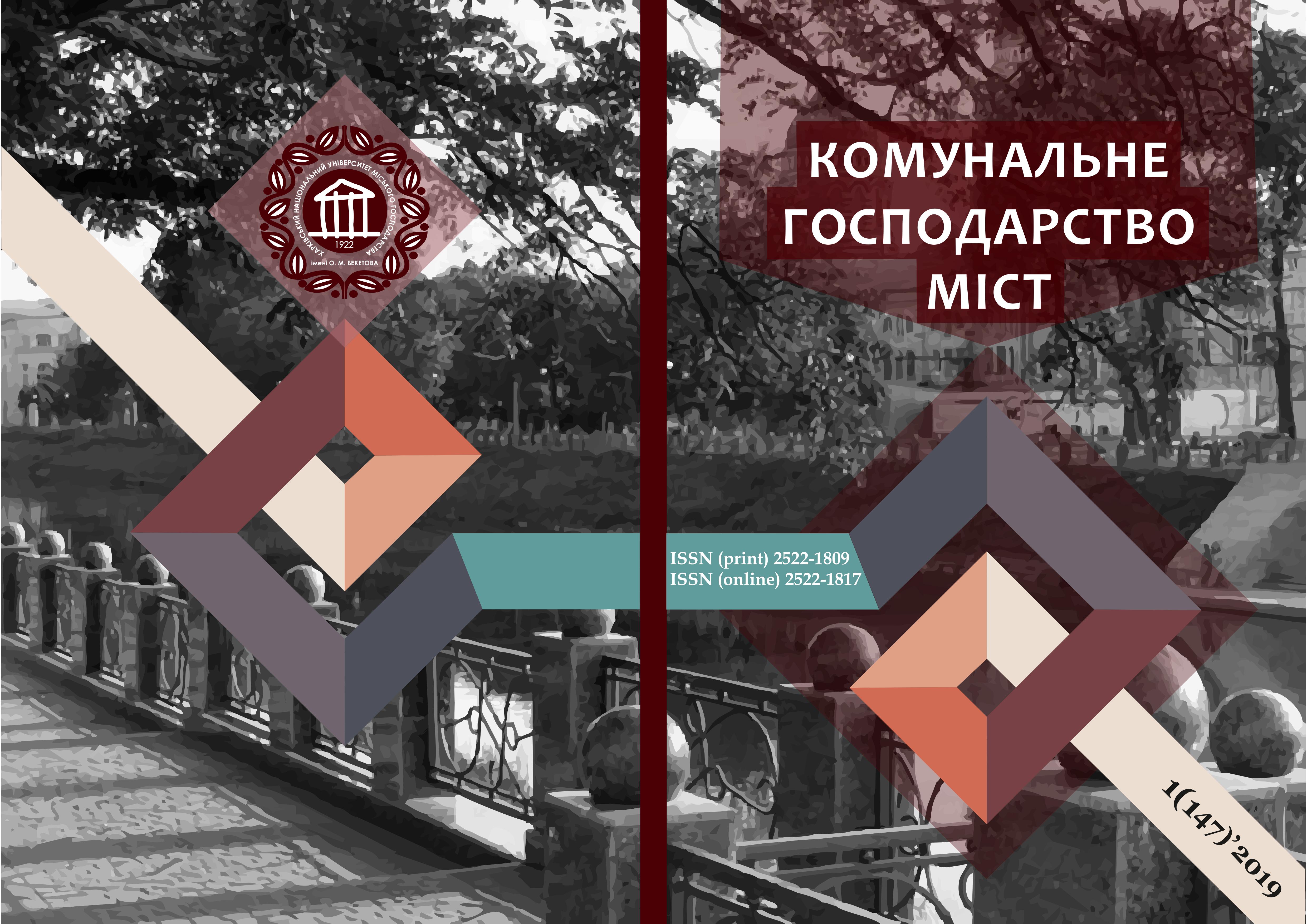FORMATION FEATURES OF ARCHITECTURE OF MULTIFUNCTIONAL RECREATIONAL COMPLEXES IN THE URBAN ENVIRONMENT
Array
Keywords:
architectural object, recreational complex, modern methods, urban environment, polyfunctionality, town-planning objectAbstract
The article analyzes the peculiarities of the development of the architecture of multifunctional recreational complexes, it reveals their role and place in the urban environment formation, it ostends the main architectural and spatial solutions and the determined tendencies of modern development.
Intensive development and use of natural resources, the formation of modern transport infrastructure and the development of multifunctional architecture leads to the transformation of many recreational complexes in the urban environment.
Recreational activities are closely linked to nature conservation measures, improvement of service, expansion of nutrition services, trading and everyday life, recreation and entertainment.
The social and urban significance of the object influence on the formation of the architecture of multifunctional complexes, the peculiarities of formation in the urban environment, architectural and design systems, engineering equipment and compositional solution in the structure of large cities.
Multifunctional recreational complex, as an architectural object, becomes not only the place of realization of the needs of society, but also the subject of the image, the object of communication. The latest technologies make the development of the public space as a self-regulated system relevant to the contemporary cultural demands of society and represent an "integrated space" in architecture.
The main methods of forming multifunctional recreational complexes in the modern architecture of public buildings and structures is a self-regulating system, formed by internal and external factors and an integrated approach that corresponds to 5 main qualities: polycentricity, integration of spaces, differentiation, communicative, typological diversity.
References
Panchenko ,T.F. (2013) Problems and means of raising the level of architectural and landscape organization of urban areas. Regional problems of architecture and town-planning: Comp. sc. works: vol.11-12 / UMON; OGASA – Odessa: Astroprint,. P. 85-91.
Krizhanovskaya, N.Ya., Votinov, M.A., Smirnova, O.V. (2019) Fundamentals of landscape architecture and design: tutorial ; O.M. Beketov National University of Municipal Economy in Kharkiv, 348p.
Panchenko, T.F., Stecuk, I.I. (2010) The concept of the architectural and landscape organization of territories Architectural design: modern concepts and development prospects: comp. of theses of reports internat. sc.-methodical. conference / resp. for the vol. V.O.Timokhin. – K.: KNUBA, 25-27p.
Nikanorov, S.O. (2016) Architecture of recreation complexes in the natural environment Architectural Herald KNUBA: sc.-ind.comp / resp.red. Kulikov P.M. – К.: КНУБА, 2016. – Vol. 8-9, 366-375p.
Linda, S.M. (2010) Architectural design of public buildings and structures: tutor.. Lviv: pub-house NU «Lvivska Politechnica», 608 p.
Getun, G.V.,(2011) Architecture of buildings and structures: tutorial for the stud. of higher educ. inst. Book. 1: Design basics.: Kondor, 377 p.
Ezhov, V.I., Ezhov, S.V., Ezhov, D.V. (2067) Architecture of public buildings and structures. Under the general editorship of the doctor of architecture, prof. V.I. - Kyiv: VISTKA, 380 p.
Shumakher, P. Parametrisn – New global style for archecture and urban design. Retrieved from: http://www.patrikschumacher.com/Texts/Parametricism_Russian%20text.html.
Ikonnikov, A.(2006) Space and form in architecture and town-planning.: KomKniga, 352 p.
Akhmedova, Ye.A. (2007) Aesthetics of architecture and design: a manual. Samarsk. gov.arch.building.university.: Samara, 432 p.
Retrieved from: http://www.dissercat.com/content/printsipy-formirovaniya-arkhitektury-energoeffektivnykh-vysotnykh-zhilykh-zdanii3; http://mod-arch-articul.blogspot.com.
Retrieved from: http://www.dslib.net/arxitektura-landshafta/principy-formirovanija-zhiloj-sredy-v-uslovijah-nizhnego-povolzhja.html
Downloads
Published
How to Cite
Issue
Section
License
The authors who publish in this collection agree with the following terms:
• The authors reserve the right to authorship of their work and give the magazine the right to first publish this work under the terms of license CC BY-NC-ND 4.0 (with the Designation of Authorship - Non-Commercial - Without Derivatives 4.0 International), which allows others to freely distribute the published work with a mandatory reference to the authors of the original work and the first publication of the work in this magazine.
• Authors have the right to make independent extra-exclusive work agreements in the form in which they were published by this magazine (for example, posting work in an electronic repository of an institution or publishing as part of a monograph), provided that the link to the first publication of the work in this journal is maintained. .
• Journal policy allows and encourages the publication of manuscripts on the Internet (for example, in institutions' repositories or on personal websites), both before the publication of this manuscript and during its editorial work, as it contributes to the emergence of productive scientific discussion and positively affects the efficiency and dynamics of the citation of the published work (see The Effect of Open Access).

